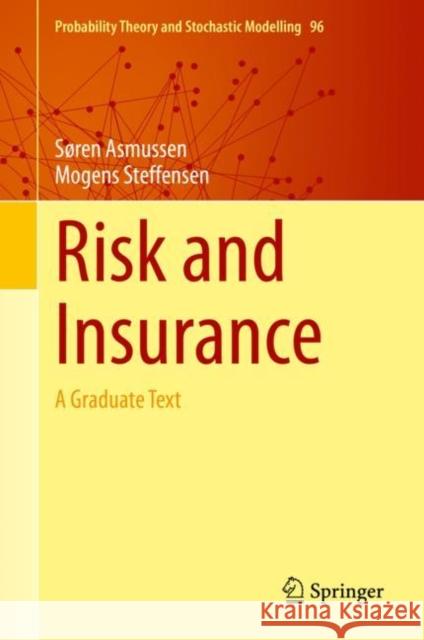Risk and Insurance: A Graduate Text » książka
topmenu
Risk and Insurance: A Graduate Text
ISBN-13: 9783030351755 / Angielski / Twarda / 2020 / 505 str.
Risk and Insurance: A Graduate Text
ISBN-13: 9783030351755 / Angielski / Twarda / 2020 / 505 str.
cena 261,02
(netto: 248,59 VAT: 5%)
Najniższa cena z 30 dni: 250,57
(netto: 248,59 VAT: 5%)
Najniższa cena z 30 dni: 250,57
Termin realizacji zamówienia:
ok. 22 dni roboczych.
ok. 22 dni roboczych.
Darmowa dostawa!
Kategorie:
Kategorie BISAC:
Wydawca:
Springer
Seria wydawnicza:
Język:
Angielski
ISBN-13:
9783030351755
Rok wydania:
2020
Wydanie:
2020
Numer serii:
000712318
Ilość stron:
505
Waga:
0.90 kg
Wymiary:
23.39 x 15.6 x 2.87
Oprawa:
Twarda
Wolumenów:
01
Dodatkowe informacje:
Wydanie ilustrowane











